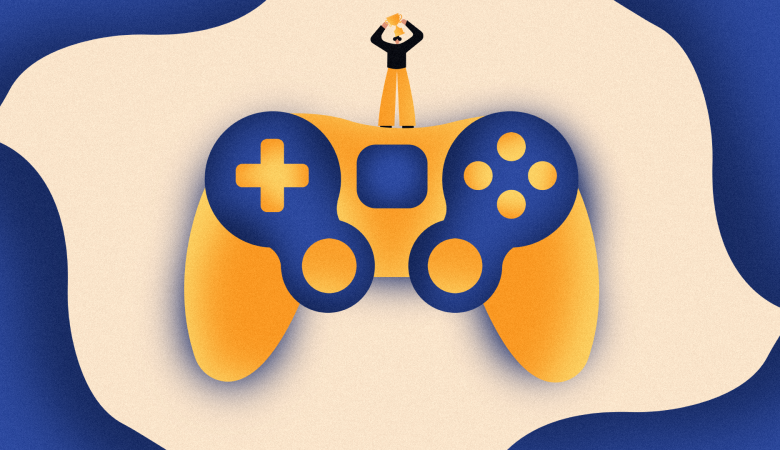Who doesn't love games? Most of us do! As a hobby, keep you busy or just to kill time. Gamification is the process of using rewards and a sense of accomplishment to encourage someone to do what they want. Gamification can be used in many aspects such as business, learning, training, personal development, and e-commerce. Making product browsing and purchasing a game (that is, a game) turns the mundane, repetitive, and boring activities of the majority of consumers into much more interesting.
In mobile apps, gamification is the introduction of game mechanics into non-game apps to raise user interest. The most commonly used game mechanics are rules and rewards that encourage users to perform specific actions within the app and achieve specific goals, such as B. Points, levels, badges. These techniques take advantage of humans' natural tendencies towards competition, achievement, and collaboration.
According to Boston Retail Partners, 9 out of 10 retailers want to use gamification to engage with their customers. To increase sales, brand awareness, and customer loyalty, e-commerce retailers need a comprehensive understanding of the user experience and put their customers at the center of all their activities.
Gamification in e-commerce is critical to maximizing and extending a user's lifetime. Playing the way customers buy from you means using playful techniques to motivate viewers to act the way your business demands and reward them. It may offer a discount code to download the app or complete a challenge to participate in an exclusive sale.
When a company implements gamification technology in its products and services, it implements it with a purpose. The goal is usually to motivate customers to engage with the brand in a fun and interactive way. This increases the chances of conversion. In addition, by integrating with the goal-achieving process, you can gain a detailed understanding of what your users are doing and what they are doing in your business.
The gamed approach involves a well-structured process of tracking the progress of "players", understanding their behavior, performing analysis, and making predictions. This measurable nature allows businesses to collect feedback from users based on their activities and interactions.
Engagement is the keyword. Gamification marketing strategies should be designed to facilitate participation and conversation. Engagement and customer experience are so important that 88% of customers are willing to pay more for a better experience. This is good for brands as it leads to repetitive game-driven interactions.
Points and perks are an effective way to improve customer retention and increase retention by encouraging users to return to the app regularly. Product trivia quizzes can be used to educate users about product offerings, make recommendations, collect customer data, and personalize their experiences.
You can also increase the urgency to reduce cart abandonment by enjoying a browsing and checkout experience with perks and perks, progress bars and time limits, and countdown games. This has an average dropout rate of 85% or higher.
Do you often play games in e-commerce to get some rewards, Smart People? What game is the easiest for you to remember when we said gamification?
Writter: Mia Patricia | Illustrator: Rizky Sabilurrasyid





